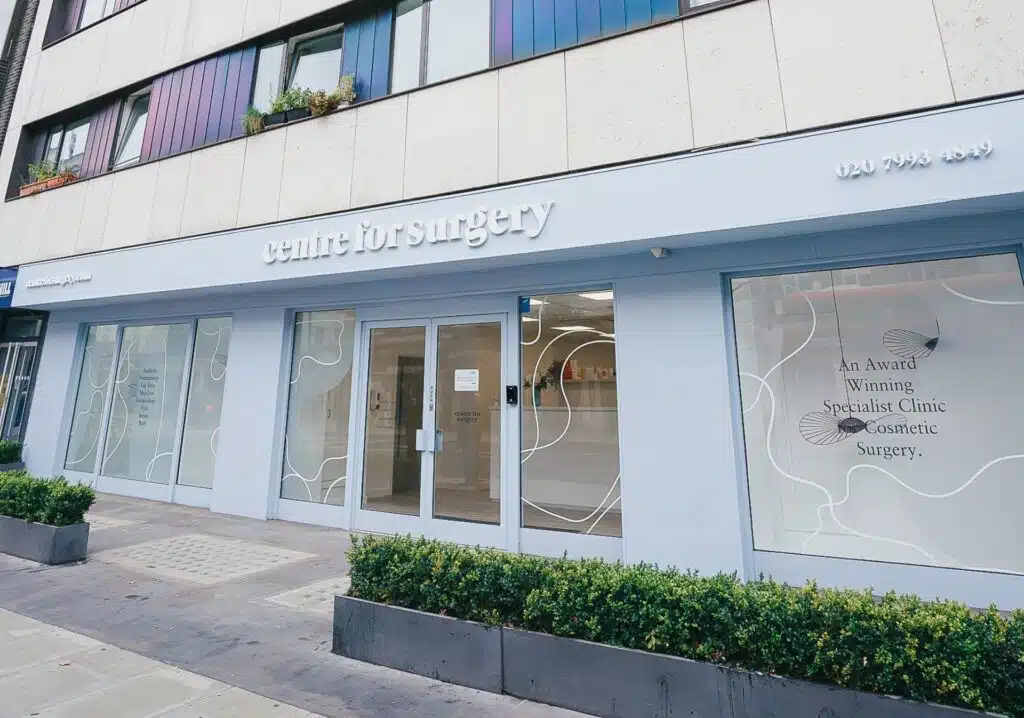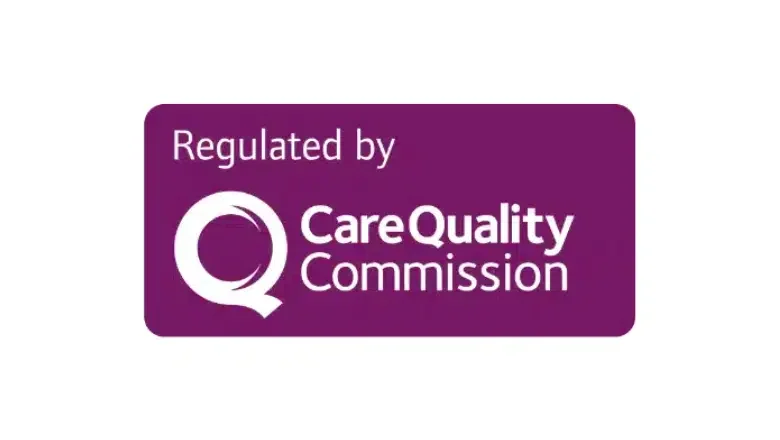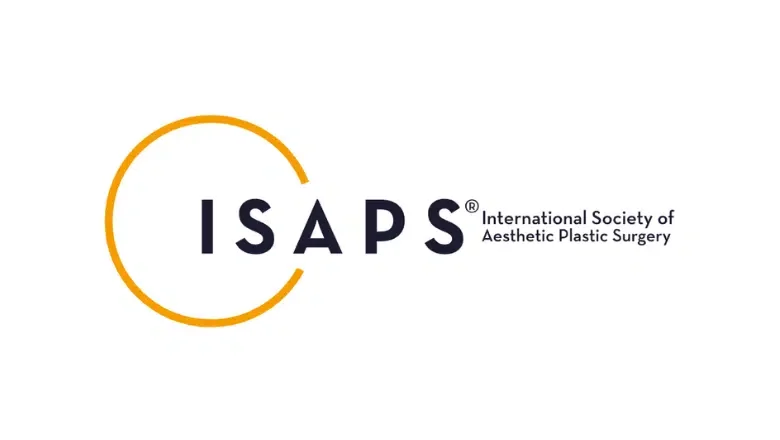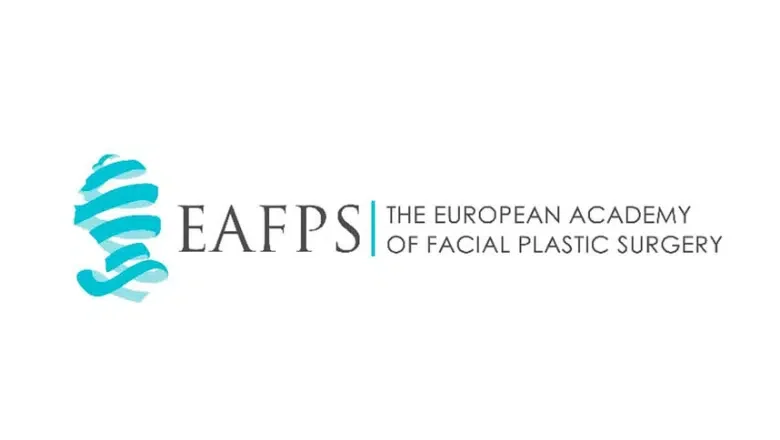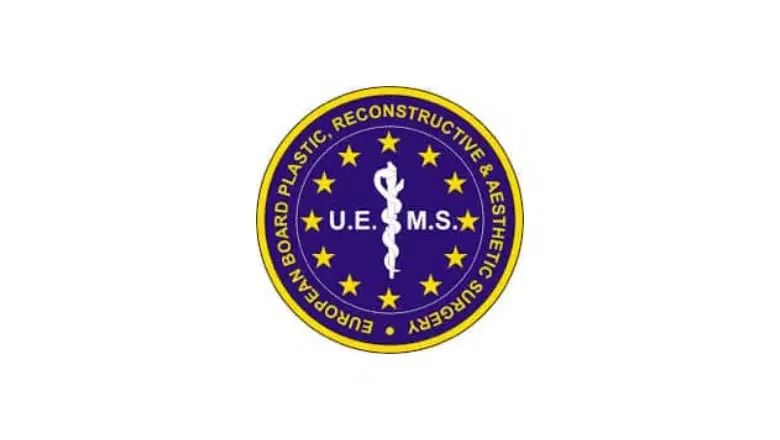The cheek augmentation procedure is used to correct cheeks that may have lost volume over the years. Patients may feel this makes them look much older than they are. Specially designed cheek implants restore volume and reshape facial contours to give a more oval or heart shape that is more aesthetically pleasing. Cheek augmentation is performed to improve the balance of the face with the forehead, nose and chin. Cheek implants can improve self-confidence, especially in patients whose cheeks are flat in relation to other facial features.
RELATED: Saggy Cheeks: Causes, Symptoms & Treatments
The normal cheek has a prominence just below the level of the lower eyelids and gives an oval-shaped curve to the face. A lack of volume or flattening can give the face a long, thin appearance, accentuating an aged appearance. The flat cheek may arise as a genetic feature or result from trauma to the cheek or result from ageing. The aesthetics of the face requires that each part is in harmony with the others. Therefore, a flattened cheek may detract from the aesthetics of the eyes, nose or mouth. The resulting facial imbalance can have a major impact on the psychological well-being of the patient, resulting in low self-esteem. Cheek augmentation surgery to enhance (augment) the cheek aims to restore balance and provide a natural aesthetic appearance.
RELATED: High Cheekbones vs Low Cheekbones – Causes & Treatments
There are numerous benefits to undergoing cheek augmentation, including the following:
- Enhances the periorbital region of the cheeks
- Helps achieve fuller cheeks for a youthful and attractive appearance
- Defined facial structure overall
- Aesthetically, enhancement is undetectable
- Helps boost self-esteem and self-confidence
Who can have cheek augmentation?
If you want to improve your face to achieve an aesthetically pleasing and youthful appearance, then cheek augmentation surgery may be right for you. Cheek augmentation can correct deformities resulting from an injury with which you were born or developed in adulthood. You should be realistic about what can be achieved by cheek augmentation surgery and understand the side effects and potential complications of the cheek augmentation procedure.
How is cheek augmentation performed?
At the Centre for Surgery, cheek augmentation is performed with the patient under twilight anaesthesia, which means pain and discomfort are almost minimal to none.
The procedure can take up to approximately an hour to complete.
Cheek augmentation with implants is commonly performed in conjunction with other facial procedures, such as facelifts, browlifts, chin implants, and neck lifts.
No extensive pain is associated with the procedure. However, you may experience some numbness for one to two months following your cheek augmentation, which will disappear over time. You can also expect some swelling and bruising for the first few days, and it is absolutely normal.
You will have to wear a support garment for cheek augmentation with implants to prevent the implants from moving and let them adjust to the desired position. It is possible to insert implants without scarring; however, it also depends on the incision your surgeon makes, so it is important that you address this during your consultation.
The results are immediate, but the implants will look quite large due to the swelling you will experience during the recovery period. Most people are known to see their final results about almost seven months after the initial surgery.
What will the recovery be like?
There will be swelling and bruising for the first few days, and your surgeon may prescribe pain medication to help with the discomfort. Most patients go back to work within a week; however, extensive physical activity, like gym sessions, should only be resumed after the sixth week following the surgery.
In most cheek augmentation surgery procedures, a facial support garment is fitted at the end of surgery to help control bruising and swelling and reduce movement postoperatively. This should be worn day and night for the first week.
As this is a surgical procedure, there are rare risks associated with cheek augmentation. Bruising can occur and may take two weeks to resolve, while major bleeding is rare. Infection is infrequent (less than 0.5%) and will require a course of appropriate antibiotics. Displacement of the implants can occur in the early postoperative course. This is prevented by avoiding pressure on the cheeks – sleeping, massaging the face or excessive movement. Some altered sensation around the cheeks is expected and will commonly return to normal between 6 to 12 weeks after surgery.
RELATED: Cheek Fillers Near Me

